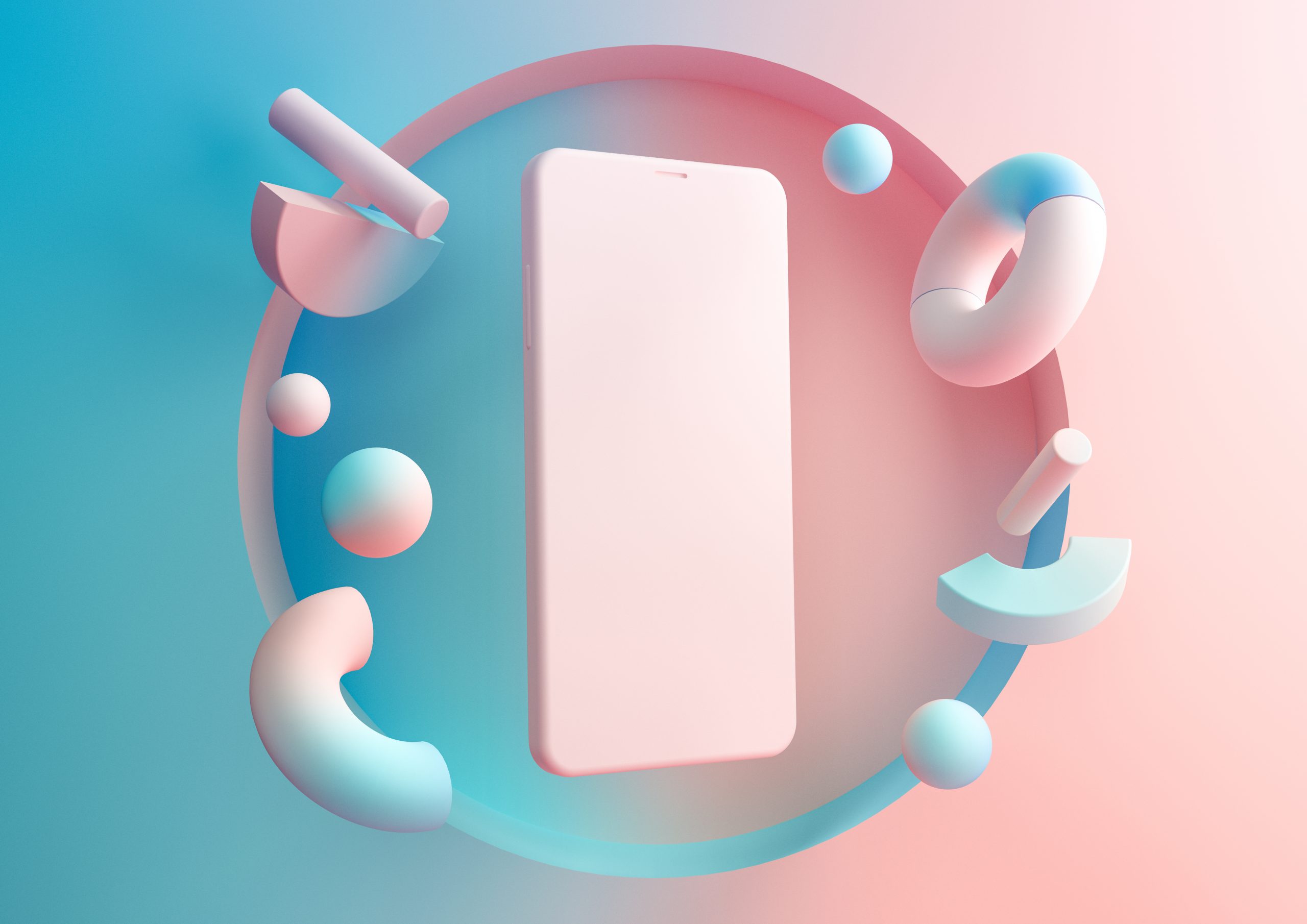
Think about the last time you needed to get something done but it turned out to be more tedious than you expected. Maybe you wanted to track your expenses or organise all your client information. Maybe you used an app which lacked a key function that would have made things easier. You might have thought, “There should be something to help me out with this!”
In those moments, you had a taste of what user experience or UX design is about: making the experience of interacting with a product or service as intuitive, smooth, and pleasant as possible.
Almost Everything Involves UX Design
UX design is the creative and analytical process of considering what, when, where, who, why, and how people use a product or service. It concerns a person’s holistic experience of both digital and physical realms.
Think about anything you consider part of your daily routine—almost everything involves UX design! It could be how your room is arranged to maximise focus or rest, how you decide what to wear for the day, how you use food delivery services, how shops are laid out to guide your purchases, and the way you use your phone. Any app you have in your phone likely went through a comprehensive UX design process before it was made available for download.
UX Design Fulfils the Brand Promise
First of all, who are the Users? Users refer to a range of people—from the customers paying for the service, employees managing the service, to anyone who is involved in the business of providing the service. Take for example Grab, the regional Southeast Asian ridesharing service. Grab users include commuters who want to book a ride, the drivers who provide rides, as well as Grab staff managing the app.
What makes up the Experience? Put yourself in the shoes of the customer and imagine every touchpoint along the way of interacting with the product. In Grab’s example, touchpoints are when the app is opened, when riders key in their starting and destination points, when drivers receive a notification about bookings, when riders are notified of an available driver, and so forth till the rider alights and is asked to provide a rating for the driver. When we step back into the big picture and see the collection of touchpoints as representing the full user experience, it’s easy to see how UX design represents a fulfilment of the brand’s promise.
What does Design involve? Here it goes beyond aesthetics and includes the whole experience. In Grab’s example, this includes graphics, layouts, and notifications users see on the app, plus the way the app anticipates riders’ needs by notifying them about where and how long the drivers will take getting to them, among others. Designing the service thus requires multiple people coming together to create the holistic experience for users—content strategists, information architects, user researchers, visual designers, perhaps even engineers and product managers.
Grab users may notice that recently, the app expanded beyond ridesharing to include food delivery, accommodation, ticket booking, and subscription services. This bid to provide one-stop solutions for users show a foray into user-centric design and represents an expansion of their brand.
Essentially, UX design enhances the design of your digital, physical, and psychological spaces to meet your needs and make you happy.
Great UX Design = Happiness = Brand Loyalty
Yes, that’s right. Imagine if you had a phone that functioned perfectly and allowed you to call and check email but was too clunky or too heavy or in colour you dislike. Your user experience would be lower than if all these criteria had been met by a product that was perfectly suited to you. UX designers don’t just work to improve the usability of a business service; more importantly, they improve the emotions users have when using a product or service. The ultimate aim is to improve usability, ease, and delight while satisfying business needs at the same time—because when users are happy, they become loyal to the brand. Ask yourself: is my brand’s UX making consumers loyal to mine?
References
Interaction Design Foundation (n.d.). User Experience (UX) Design. https://www.interaction-design.org/literature/topics/ux-design
User Testing (2019). What is UX Design? 15 User Experience Designers Weigh In. https://www.usertesting.com/blog/what-is-ux-design-15-user-experience-experts-weigh-in/
UX Mastery (2012). What the #$%@ is UX Design? https://www.youtube.com/watch?v=Ovj4hFxko7c
First comic strip from Heine Ventures, copyright Dilbert.
Second comic strip from Jason Lee, Medium.com.
This article first appeared on UXExperts.sg on 23 Jun 2020.
Turn users into brand loyalists. Get in touch for a quick consultation and see what great UX can do for you and your business today.



